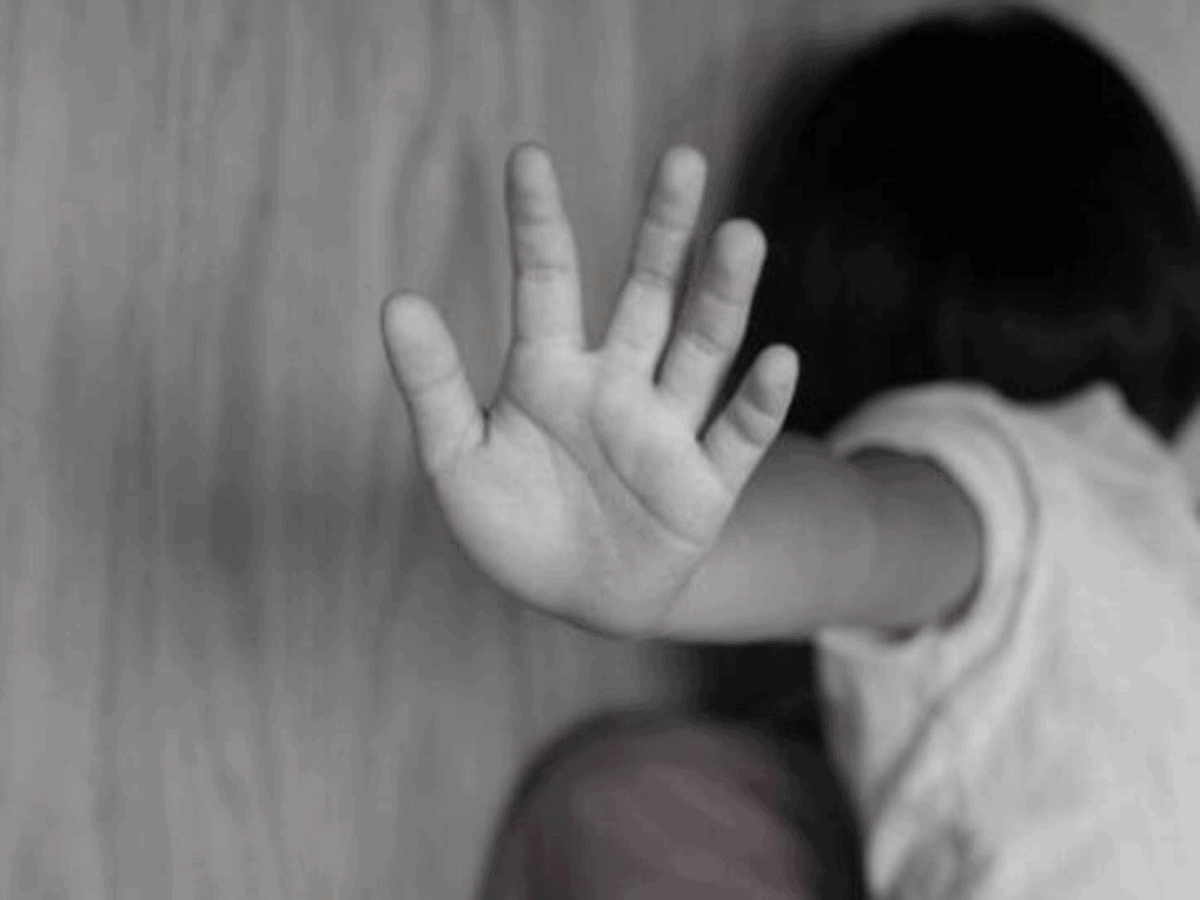
New Delhi: Child rape cases, encompassing all forms of penetrative assaults, has registered a rise of 96 per cent from 2016 to 2022, according to an analysis of the NCRB data by child rights NGO CRY.
Discussing the potential reasons behind this surge, Subhendu Bhattacharjee, the director of research and knowledge exchange at Child Rights and You (CRY), said the improved public awareness has led to a higher number of reported cases of sexual offenses against children.
He said enhanced trust in reporting mechanisms, coupled with increased accessibility through dedicated helplines, online portals, and specialised agencies, has encouraged victims and their families to step forward and report such cases.
The analysis conducted by CRY revealed a consistent upward trajectory in these rape incidents since 2016, with the exception of 2020. Between 2021 and 2022 alone, there was a 6.9 per cent increase in such cases.
In a detailed examination encompassing all forms of penetrative assaults, including those covered by the Indian Penal Code and special and local laws, the overall increase stands at 96.8 per cent from 2016 to 2022, according to the analysis.
In 2022 alone, 38,911 cases of child rape and penetrative assaults were reported, marking a significant increase from 36,381 cases in 2021.
The numbers for 2020 were 30,705, and for 2019, 31,132. In 2018, 30,917 cases were registered, while 27,616 cases were reported in 2017. The year 2016 saw 19,765 recorded cases, according to NCRB data.
Bhattacharjee attributed the positive trend in reporting to recent legal reforms and policy changes aimed at strengthening laws against sexual offenses targeting children.
He emphasised the role played by extensive media coverage of high-profile cases and the active involvement of communities and civil society organisations in creating a supportive environment.
He noted that gradual shifts in societal attitudes toward discussing and addressing sensitive issues like child sexual abuse have contributed to breaking the “culture of silence”.
“Encouraging open conversations about child sexual abuse empowers victims to speak up and report abuse without fear of societal judgment and stigma,” he said.
Despite the positive shift in reporting, Bhattacharjee acknowledged persistent challenges in ensuring effective investigation, prosecution, and support for victims, stressing the ongoing need for sustained efforts in child protection and welfare.
“While increased awareness may lead to more reported cases, evaluating how law enforcement and judicial bodies handle these cases is crucial. Also, escalated protective measures to align with national and international legal requirements, strong implementing mechanisms ensuring child protection, and building adequate support systems for the survivors are essential steps,” he said.
Addressing underlying socio-cultural and economic factors such as poverty, lack of livelihood, societal norms, and systemic vulnerabilities, Bhattacharjee emphasised the necessity for a multi-faceted strategy to effectively tackle crimes against children.
Every year, the National Crime Records Bureau (NCRB) releases crime statistics, which provide detailed information about crimes registered under the IPC and special legislations like the Protection of Children from Sexual Offences (POCSO) Act.
Before 2016, child rape incidents were classified under the special legislation POCSO (sections 4 and 6 of POCSO along with section 376 of the IPC), totalling 19,765 incidents.
However, starting from 2017, the category of rape (under section 376 of the IPC) was separately recorded, along with cases under sections 4 and 6 of the POCSO Act, all falling under Special Legislation.



